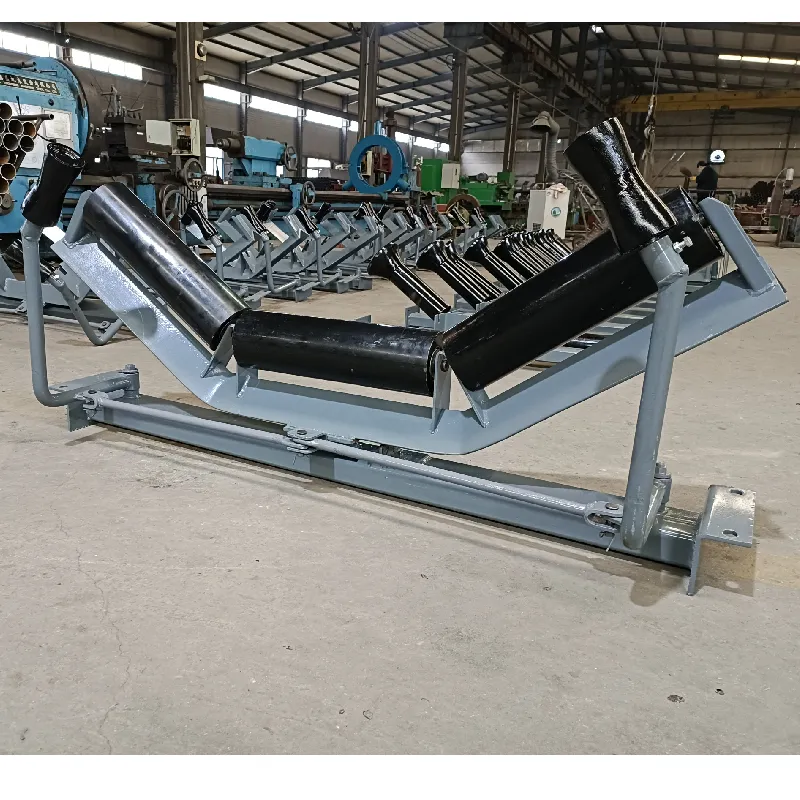 Afrikaans
Afrikaans  Albanian
Albanian  Amharic
Amharic  Arabic
Arabic  Armenian
Armenian  Azerbaijani
Azerbaijani  Basque
Basque  Belarusian
Belarusian  Bengali
Bengali  Bosnian
Bosnian  Bulgarian
Bulgarian  Catalan
Catalan  Cebuano
Cebuano  Corsican
Corsican  Croatian
Croatian  Czech
Czech  Danish
Danish  Dutch
Dutch  English
English  Esperanto
Esperanto  Estonian
Estonian  Finnish
Finnish  French
French  Frisian
Frisian  Galician
Galician  Georgian
Georgian  German
German  Greek
Greek  Gujarati
Gujarati  Haitian Creole
Haitian Creole  hausa
hausa  hawaiian
hawaiian  Hebrew
Hebrew  Hindi
Hindi  Miao
Miao  Hungarian
Hungarian  Icelandic
Icelandic  igbo
igbo  Indonesian
Indonesian  irish
irish  Italian
Italian  Japanese
Japanese  Javanese
Javanese  Kannada
Kannada  kazakh
kazakh  Khmer
Khmer  Rwandese
Rwandese  Korean
Korean  Kurdish
Kurdish  Kyrgyz
Kyrgyz  Lao
Lao  Latin
Latin  Latvian
Latvian  Lithuanian
Lithuanian  Luxembourgish
Luxembourgish  Macedonian
Macedonian  Malgashi
Malgashi  Malay
Malay  Malayalam
Malayalam  Maltese
Maltese  Maori
Maori  Marathi
Marathi  Mongolian
Mongolian  Myanmar
Myanmar  Nepali
Nepali  Norwegian
Norwegian  Norwegian
Norwegian  Occitan
Occitan  Pashto
Pashto  Persian
Persian  Polish
Polish  Portuguese
Portuguese  Punjabi
Punjabi  Romanian
Romanian  Russian
Russian  Samoan
Samoan  Scottish Gaelic
Scottish Gaelic  Serbian
Serbian  Sesotho
Sesotho  Shona
Shona  Sindhi
Sindhi  Sinhala
Sinhala  Slovak
Slovak  Slovenian
Slovenian  Somali
Somali  Spanish
Spanish  Sundanese
Sundanese  Swahili
Swahili  Swedish
Swedish  Tagalog
Tagalog  Tajik
Tajik  Tamil
Tamil  Tatar
Tatar  Telugu
Telugu  Thai
Thai  Turkish
Turkish  Turkmen
Turkmen  Ukrainian
Ukrainian  Urdu
Urdu  Uighur
Uighur  Uzbek
Uzbek  Vietnamese
Vietnamese  Welsh
Welsh  Bantu
Bantu  Yiddish
Yiddish  Yoruba
Yoruba  Zulu
Zulu Understanding Conveyor Pulley Lagging and Its Importance in Material Handling Systems
Conveyor Pulley Lagging Importance and Considerations
Conveyor systems play a crucial role in various industries, be it mining, manufacturing, or logistics. At the heart of these systems are conveyor pulleys, which facilitate the movement of materials along the conveyor belt. While the design and material selection of these pulleys are of utmost importance, an often-overlooked aspect is the lagging of these pulleys. Lagging refers to the application of a layer of material to the surface of the pulley. This article discusses the significance of conveyor pulley lagging, its benefits, and key considerations for effective implementation.
Why is Lagging Important?
The primary purpose of pulley lagging is to increase the traction between the pulley and the conveyor belt. Unlagged pulleys may lead to slippage, which can cause the conveyor belt to mistrack, reduce efficiency, and increase wear on both the belt and the pulleys. Proper lagging enhances the grip, ensuring that the belt moves smoothly and consistently, thereby minimizing the risk of unplanned downtime and maintenance.
Additionally, lagging also serves as a protective layer for the pulley itself. The abrasive nature of materials being transported can lead to wear and tear on the pulley surface. By applying lagging, the lifespan of the pulley can be significantly extended. This can result in reduced replacement costs and improved operational reliability.
Benefits of Conveyor Pulley Lagging
1. Enhanced Traction The most evident benefit is improved friction between the pulley and the belt. Lagging materials, often made from rubber or polyurethane, provide a high-coefficient surface, reducing slippage and improving performance.
2. Wear Resistance Many lagging materials are specifically designed to withstand abrasive conditions, protecting the pulley from damage caused by the transported materials. This is particularly important in industries like mining and construction, where heavy, sharp materials are common.
3. Reduced Noise and Vibration Properly lagged pulleys can reduce noise levels and vibrations associated with conveyor operations, leading to a quieter working environment.
conveyor pulley lagging

4. Improved Hygiene In food processing and other sensitive industries, lagging can also help in maintaining hygiene standards, as it is easier to clean and maintain than unlagged surfaces.
Key Considerations for Lagging
When implementing conveyor pulley lagging, several factors should be considered to ensure optimal performance
1. Material Selection The choice of lagging material is critical. Depending on the type of materials being transported and the environment of operation, different materials like rubber, ceramic, or composite may be more suitable. Each material offers different levels of traction, wear resistance, and durability.
2. Thickness of Lagging The thickness of the lagging material can impact its performance. Thicker materials may provide better wear resistance, while thinner materials can offer increased flexibility. The thickness should be chosen based on the specific application requirements.
3. Installation Process Proper installation is vital for lagging to be effective. Any misalignment or poor application can lead to reduced effectiveness and increase the risk of premature failure. It's recommended to have trained professionals conduct the installation.
4. Regular Inspection and Maintenance Regularly inspecting the condition of the lagging, as well as the pulleys and belt, can help identify issues early and prevent costly downtime. Maintenance schedules should incorporate checks for signs of wear, slippage, or damage.
Conclusion
Conveyor pulley lagging is an essential aspect of maintaining an efficient and reliable conveyor system. By providing increased traction, enhanced wear resistance, and protection for the pulleys, lagging can significantly improve operational performance and extend equipment life. By carefully considering material selection, thickness, installation, and maintenance, industries can ensure that their conveyors operate at peak efficiency, ultimately driving productivity and profitability.
-
Revolutionizing Conveyor Reliability with Advanced Rubber Lagging PulleysNewsJul.22,2025
-
Powering Precision and Durability with Expert Manufacturers of Conveyor ComponentsNewsJul.22,2025
-
Optimizing Conveyor Systems with Advanced Conveyor AccessoriesNewsJul.22,2025
-
Maximize Conveyor Efficiency with Quality Conveyor Idler PulleysNewsJul.22,2025
-
Future-Proof Your Conveyor System with High-Performance Polyurethane RollerNewsJul.22,2025
-
Driving Efficiency Forward with Quality Idlers and RollersNewsJul.22,2025





























